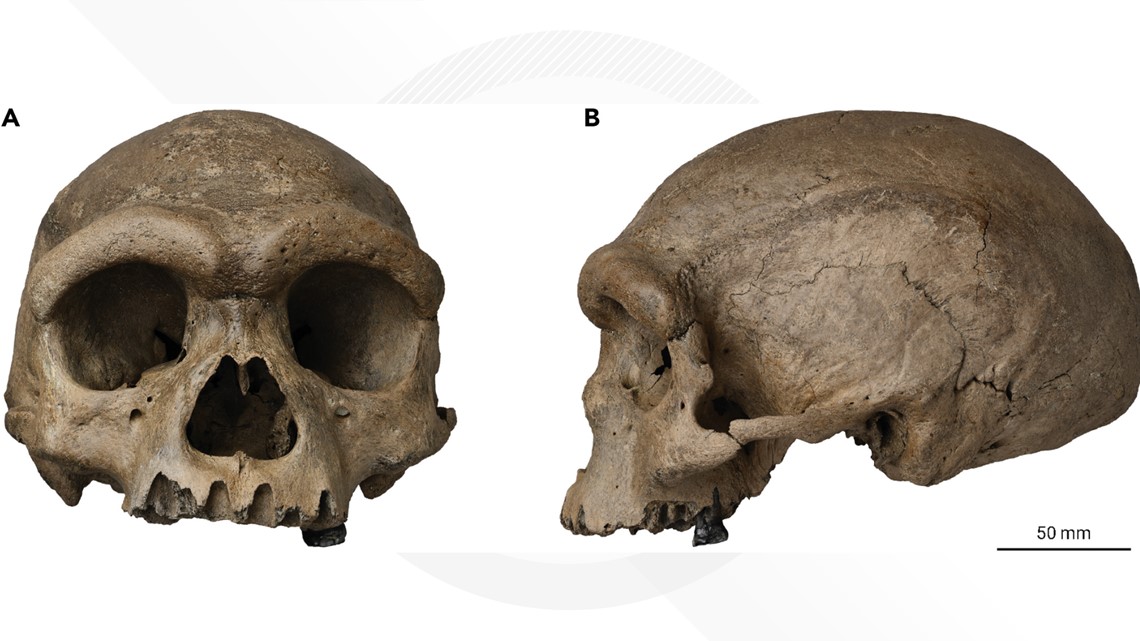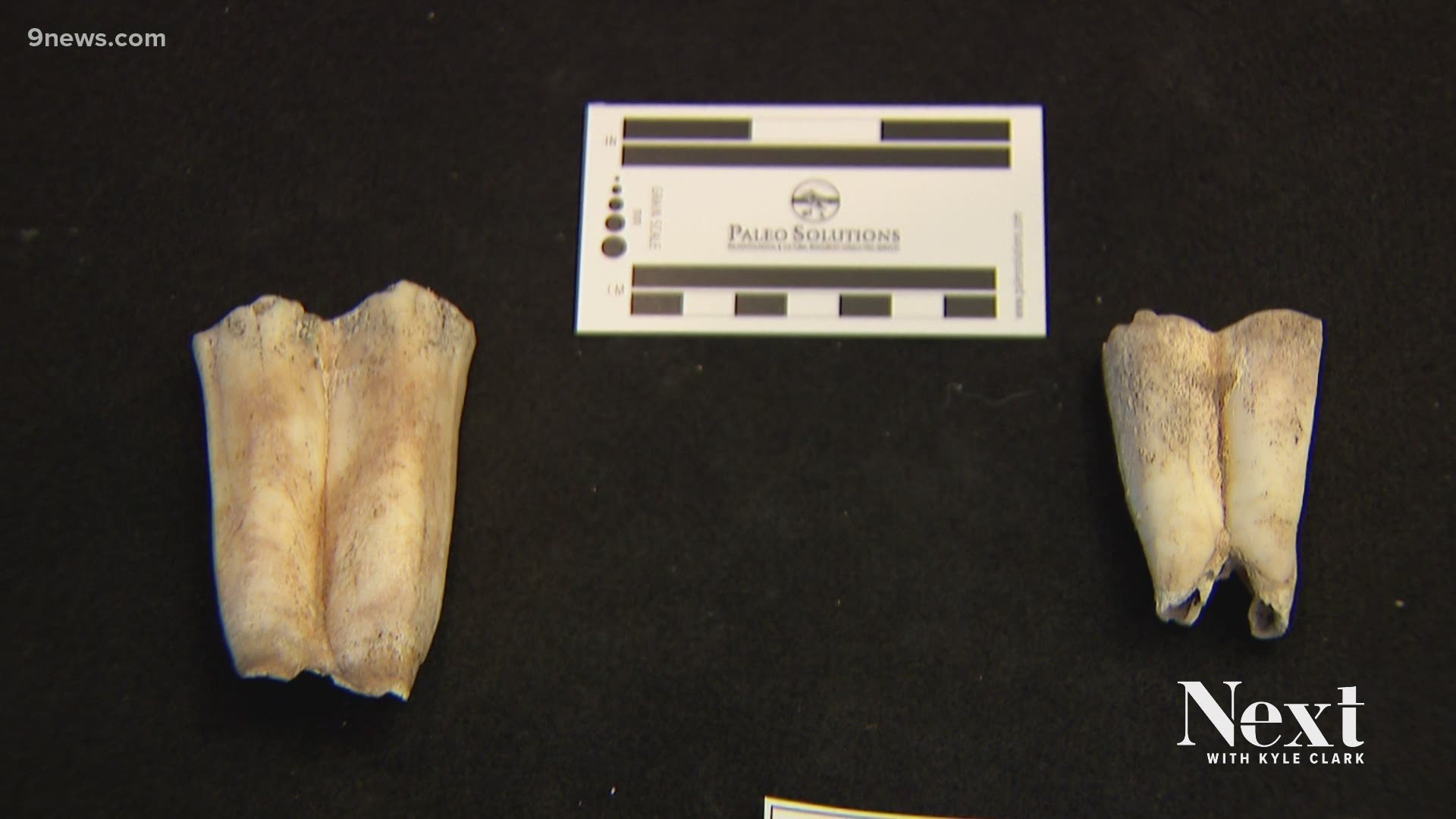WASHINGTON — Multiple studies published in the scientific journal The Innovation Friday propose that a humanoid skull reportedly discovered in Northeast China in the 1930s represents a new species of the genus Homo, therefore an ancestor to modern humans.
According to the scientists, the Harbin cranium was discovered near the city of the same name in 1933, when a man working for the Japanese occupiers of the region was working on building a bridge. Rather than report the skull to his boss, the man decided instead to bury it in a well. Before that man died in 2018, his family learned of the secret, dug up the skull and donated it to the Geoscience Museum of Hebei GEO University. It was nicknamed the "Dragon Man" after the region of China where it was discovered.
Because of its decades preserved underground, the authors of the study note that the Dragon Man skull is in pretty good shape. They've dated it to be at least 146,000 years old. The study asserts that certain traits of the skull, like its huge size and unique head shape, differentiate it from both later ancient human species like H. sapiens and older species like H. rhodesiensis. The study's authors are opting to call this potential new branch of the human family tree Homo longi.


In their conclusions, the researchers placed the "Dragon Man" skull as most closely resembling the Dali skull, another hominid skull found in China in 1978, and say that on the many-branched family tree of ancient humans, H. longi would be on "the sister group to H. sapiens."
That placement is the main debate going forward for H. longi: where exactly should it be placed? And what does it mean for how we understand the history of human's ancient relatives?

